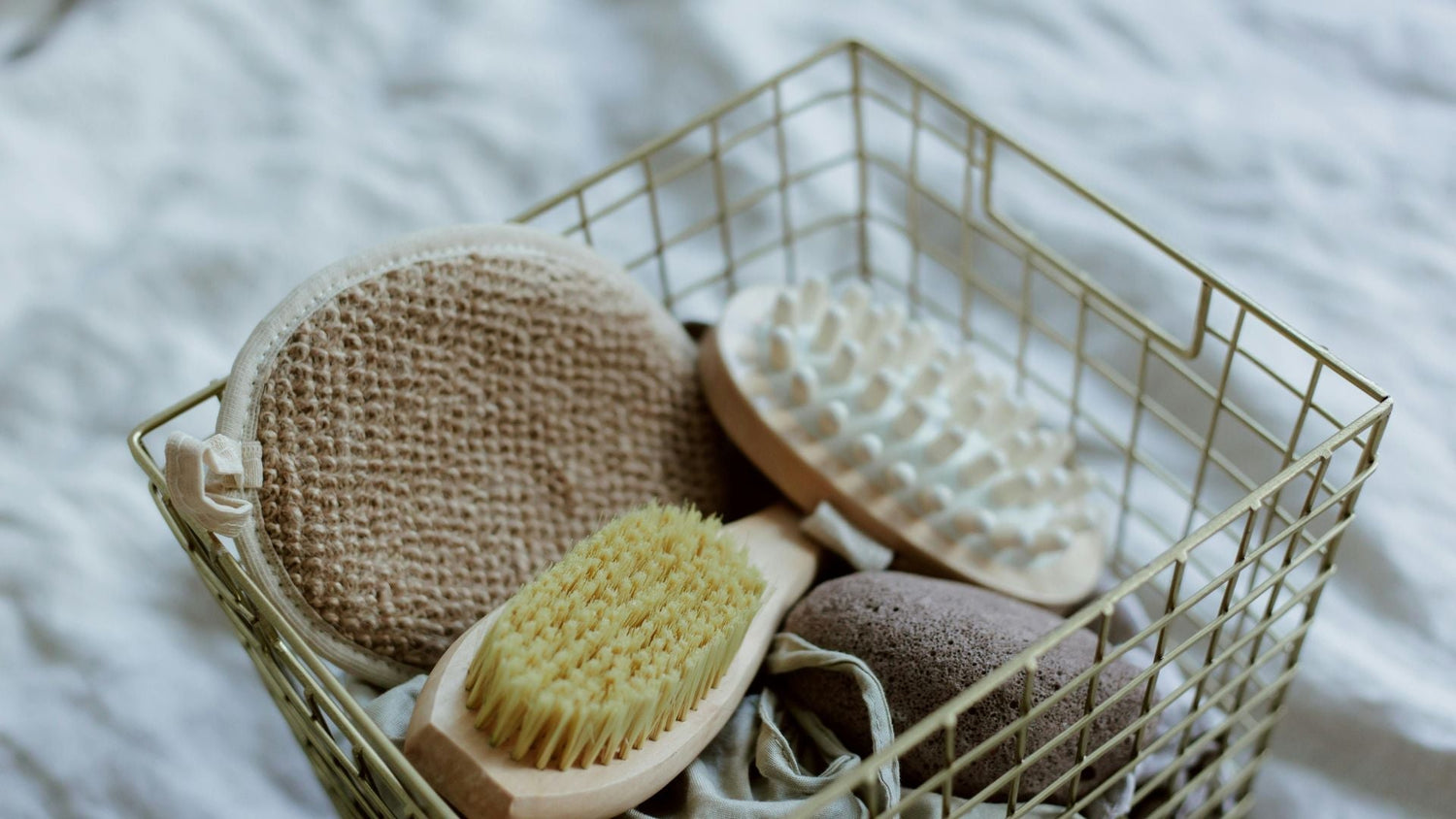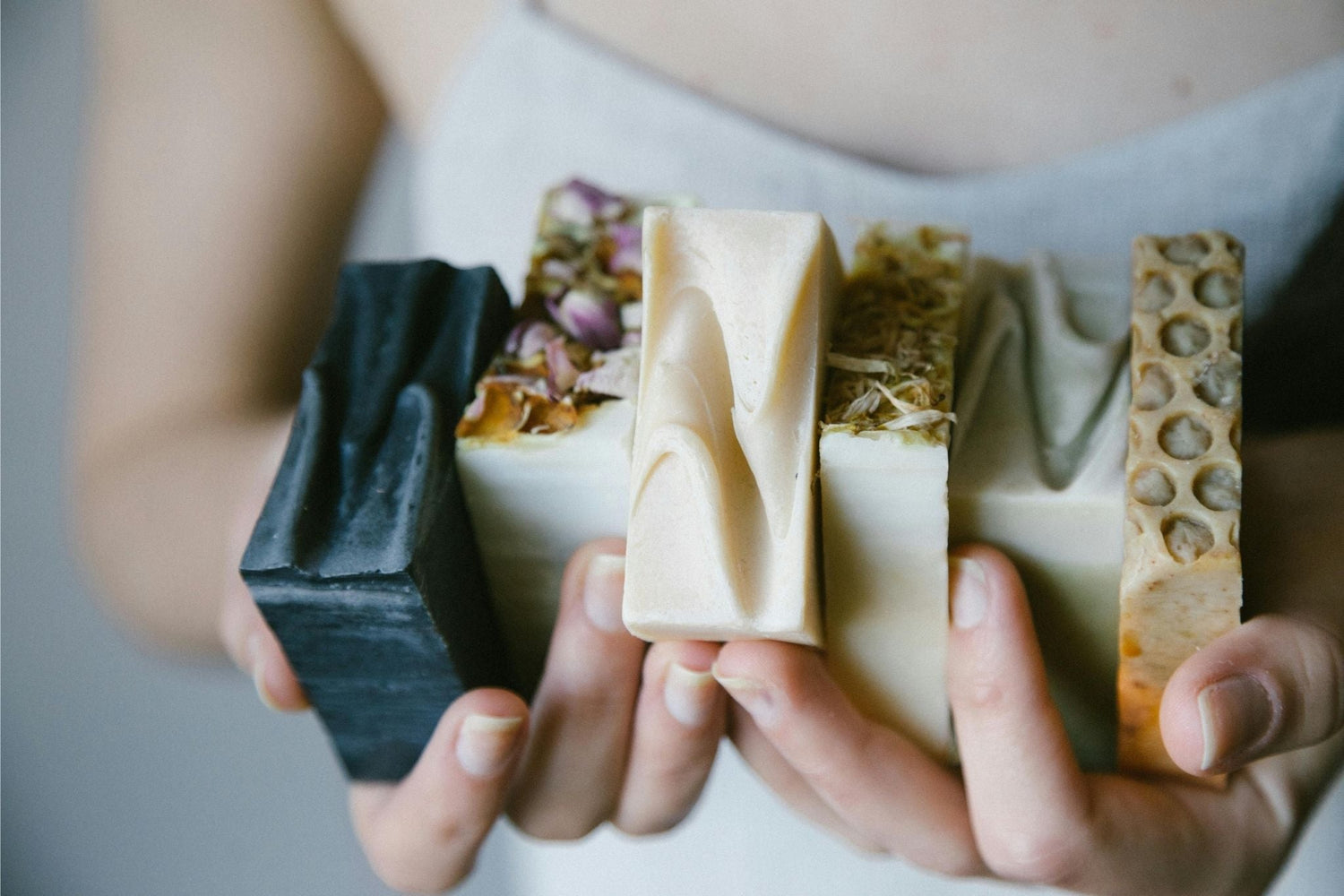The inconvenience of a clogged toilet is nothing anyone wants to experience. Aside from the hassle and possible embarrassment in the moment, there is the potential for a more serious plumbing issue to develop down the road.
A blocked toilet means something has gone wrong, and it's necessary to discover the cause and find a solution.
Many times, a toilet clog comes from flushing an item that isn't intended to pass through your sewer line.
Non-flushable items such as wipes, paper towels, or feminine hygiene products can get stuck in the pipes and create a blockage over time. These items are not intended to dissolve and, therefore, shouldn't ever be flushed down your toilet.
Attempting to flush large objects, such as toys or excessive amounts of food waste, can also cause clogs. These objects are often too large to pass through the narrow pipes or don't break down small enough when in water and can get stuck, causing a blockage.
Problems with the plumbing system or sewer line can also cause clogs. If your pipes are damaged or corroded, it can prevent water from flowing properly. However, the most common cause for toilet clogs is trying to flush too much toilet paper that isn't dissolving properly.
Being mindful of what you flush down the toilet can help prevent clogs and avoid costly repairs.
We're here to help you do just that!
Make the decision to protect your pipes and keep your sewer safe by choosing bamboo.
Toilet paper is designed to dissolve, but not all tissue is created equally. Traditional toilet paper is no match for bamboo brands, so if you have too much traditional T.P. in your pipes, be prepared for a clog.
How to Unclog a Toilet Clogged With Toilet Paper
If you find yourself in the unfortunate position of having a clogged toilet, there are steps you can take as a possible remedy to the situation. It's not a lovely bit of business, but you can try unclogging your toilet using a few DIY methods. The most common solution to a clogged toilet is using a plunger.
Before making any attempts to unclog the toilet, be sure to check if the water is rising. If you notice the water level creeping up, immediately turn the water off to avoid an overflow. This can be accomplished by opening the lid and lifting the float or turning the valve at the base of the toilet counterclockwise. (1)
Once you've addressed any rising water, to unclog a toilet using a plunger, follow these steps:
- Make sure there is enough water in the bowl to cover the plunger. If there isn't enough water, add some until the plunger is submerged.
- Place the plunger over the toilet drain and press down gently to create a seal.
- Pump the plunger up and down vigorously, using a steady and consistent motion. Make sure you are maintaining the seal around the drain.
- Continue plunging for about 20-30 seconds or until you feel the blockage start to give way.
- Once the blockage has cleared, flush the toilet to make sure the water is flowing freely.
- If the toilet is still clogged, repeat the process or try using a plumbing snake to remove the blockage.
- Once the toilet is unclogged, clean the plunger with hot water and soap before storing it away for future use.
Remember to be careful and avoid using too much force when plunging to prevent any damage to the toilet.
If a plunger doesn't work or you don't have one available, there are a few other DIY methods you can try to unclog a toilet.
Other household solutions for a toilet clog:
1. Hot water and dish soap
Add a few cups of hot water and a few squirts of dish soap to the toilet bowl. The hot water can help break up the blockage, and the soap can help lubricate the pipes. Wait for a few minutes before attempting to flush the toilet.
2. Baking soda and vinegar
Sprinkle a cup of baking soda into the toilet bowl, followed by a cup of vinegar. The mixture will start to fizz and can help break up the blockage. Wait for a few minutes before attempting to flush the toilet.
3. Wire hanger
Unwind a wire hanger and use it to loosen and remove the blockage. Be careful not to scratch the porcelain of the toilet.
A plumbing snake, also known as a drain auger, isn't a common household tool, but it can be used to break up and remove the blockage. They are available at most home improvement stores. If you feel an investment in this plumbing tool is warranted for your situation, purchase a drain auger and follow the manufacturer's instructions for safe and successful use of the tool.
Remember to always wear gloves and take precautions to protect your eyes and clothing when attempting to unclog a toilet with any of these methods.
If none of these DIY choices work, it may be best to call a professional plumber to avoid causing further damage.
The Impact of Traditional Toilet Paper on Your Plumbing
Traditional toilet paper contributes to clogs when too much has been flushed, and it hasn't had time to dissolve. Here's why.
Many of the additives in traditional toilet paper are put there to increase softness and flexibility or, in some cases, to add color or fragrance, but those substances contribute to creating products that don't dissolve quickly. Chlorine is particularly troublesome for septic systems.
Chlorine upsets the bacterial balance inside the septic tank, which can lead to toilet paper not breaking down in a timely manner (2).
Traditional toilet paper is also made from hardwood tree pulp, whose fibers are inherently more dense and less flexible. The nature of traditional toilet paper means it takes longer to break down than bamboo.
If the toilet paper's pace at dissolving doesn't keep up with your flushing habits, you could be looking at a clog, literally. That's not a pretty mental picture.
Those additives and even harsh chemicals that some toilet paper brands include will also hang around in your pipes and sewer systems, potentially adding an environmental cost to toilet paper clogs.
You've always been able to consider bamboo toilet paper your eco-friendly hero; now, you can consider it as your clog-fighting companion, too!
First, bamboo toilet paper doesn't need additives to improve softness and flexibility. Bamboo fibers are extremely long and pliable, whose qualities translate to toilet paper made from bamboo. You won't find any chemicals or additives (or trees!) lingering in bamboo toilet paper. The same goes for inks, dyes, and fragrances.
Those long, flexible, and natural bamboo fibers are biodegradable and break down much faster in water than the fibers from hardwood trees contained in traditional toilet paper.
Bamboo's got what you need for natural clog-fighting ability.
Benefits of Using ecoHiny Bamboo Toilet Paper to Prevent Clogs
We say one of the best ways to deal with a clogged toilet is to avoid the situation altogether. With bamboo toilet paper, you have the best chance. It also comes with the added bonus of being eco-friendly.
Bamboo is the best choice for sustainability because:
- Growing bamboo doesn't require the use of pesticides or fertilizers
- Bamboo requires less water than hardwood trees to thrive
- Harvesting bamboo doesn't disrupt root systems or soil
- Bamboo is extremely fast-growing
- Estimates show bamboo can absorb up to six times the amount of carbon as a similar stand of trees (3)
Bamboo is the best choice for your plumbing because:
- Bamboo fibers are naturally soft, making them dissolve quickly
- Bamboo toilet paper contains no chemicals or additives
- Bamboo toilet paper is fragrance and dye-free
- Bamboo toilet paper is completely biodegradable
- Bamboo toilet paper is compatible with any type of toilet, sewer, or septic system
Enjoy all of these benefits, plus the comfort and strength of a premium 3-ply paper with your purchase of ecoHiny!
Don't Get Caught With a Clog: Choose ecoHiny
One of the biggest perks of choosing ecoHiny 100% bamboo toilet paper is how safe our product is for the planet. Our toilet paper offers the most sustainable approach to toilet paper and an eco-friendly option you can feel good about having in your home.
However, we're also safe for your pipes!
Because the fibers in bamboo toilet paper are all-natural, their ability to break down quickly is unmatched. All-natural also means no additives, chemicals, dyes, fragrances, or bleaches that could interfere with dissolving or leave toxic substances lurking in your plumbing where they could make their way to our soils and waterways.
Sewer systems and septics alike are safe with bamboo! Say goodbye to the inconvenience of clogs and go with bamboo toilet paper for your bathroom.
- "How to Plunge a Toilet the Right Way." Wirecutter, The New York Times, 15 Dec. 2022, www.nytimes.com/wirecutter/guides/how-to-plunge-a-toilet/.
- "The Best Toilet Paper for Septic Tanks." Mr. Rooter Plumbing, www.mrrooter.com/about/blog/best-toilet-paper-for-septic-tanks/.
- "The Radical Case for Growing Huge Swaths of Bamboo in North America." Inside Climate News, 11 Jan. 2021, insideclimatenews.org/news/11012021/the-radical-case-for-growing-huge-swaths-bamboo-in-north-america/.







